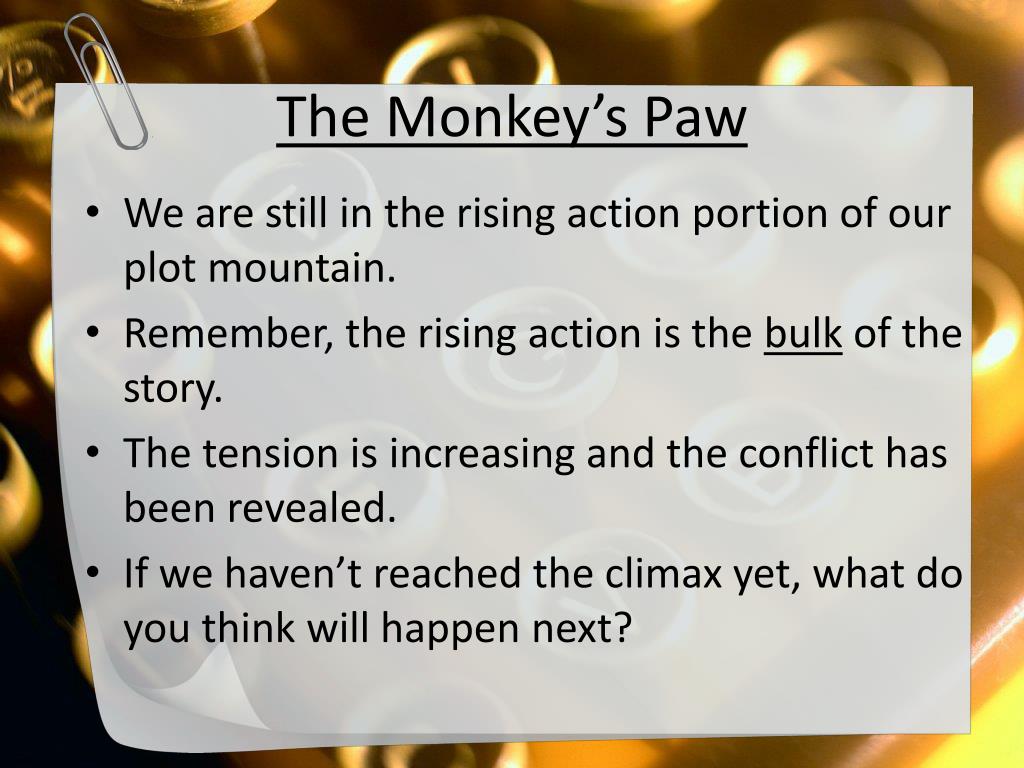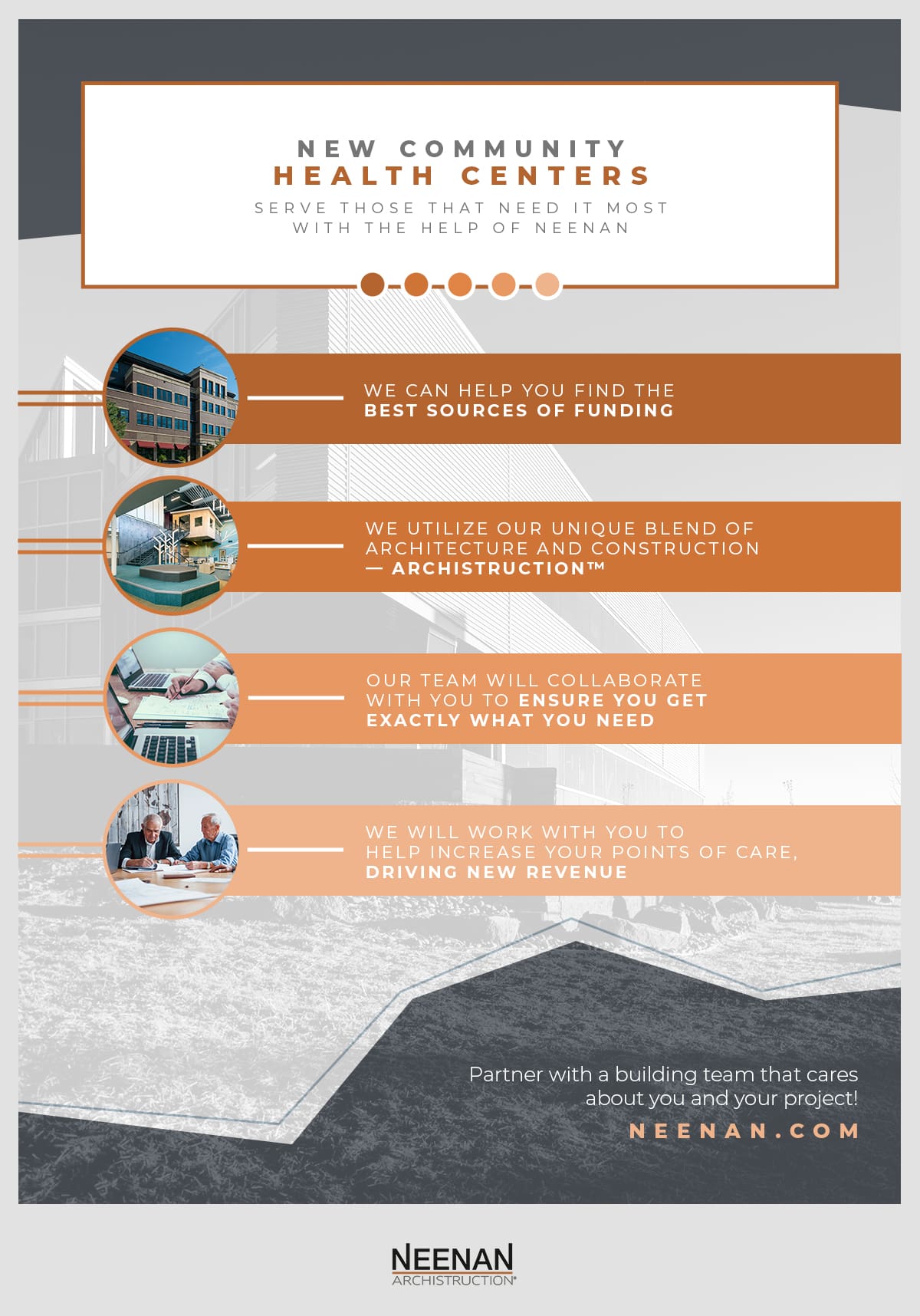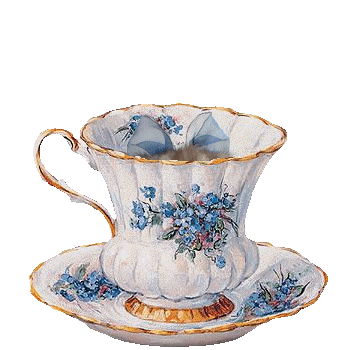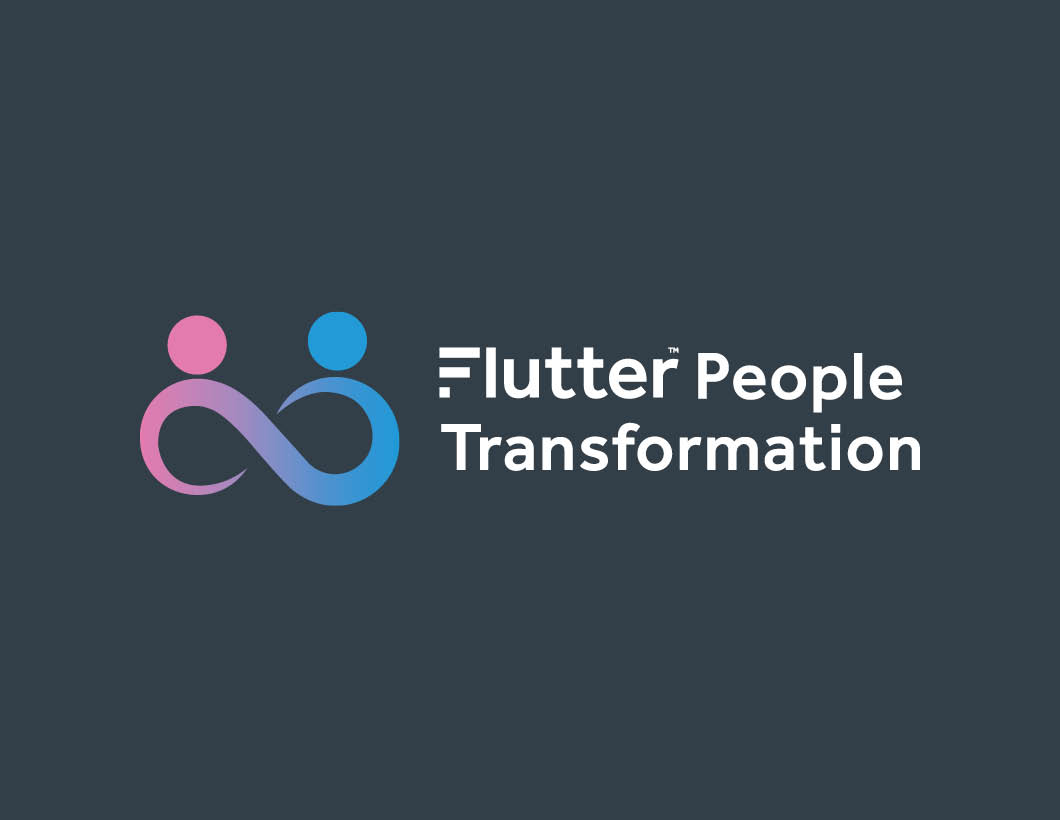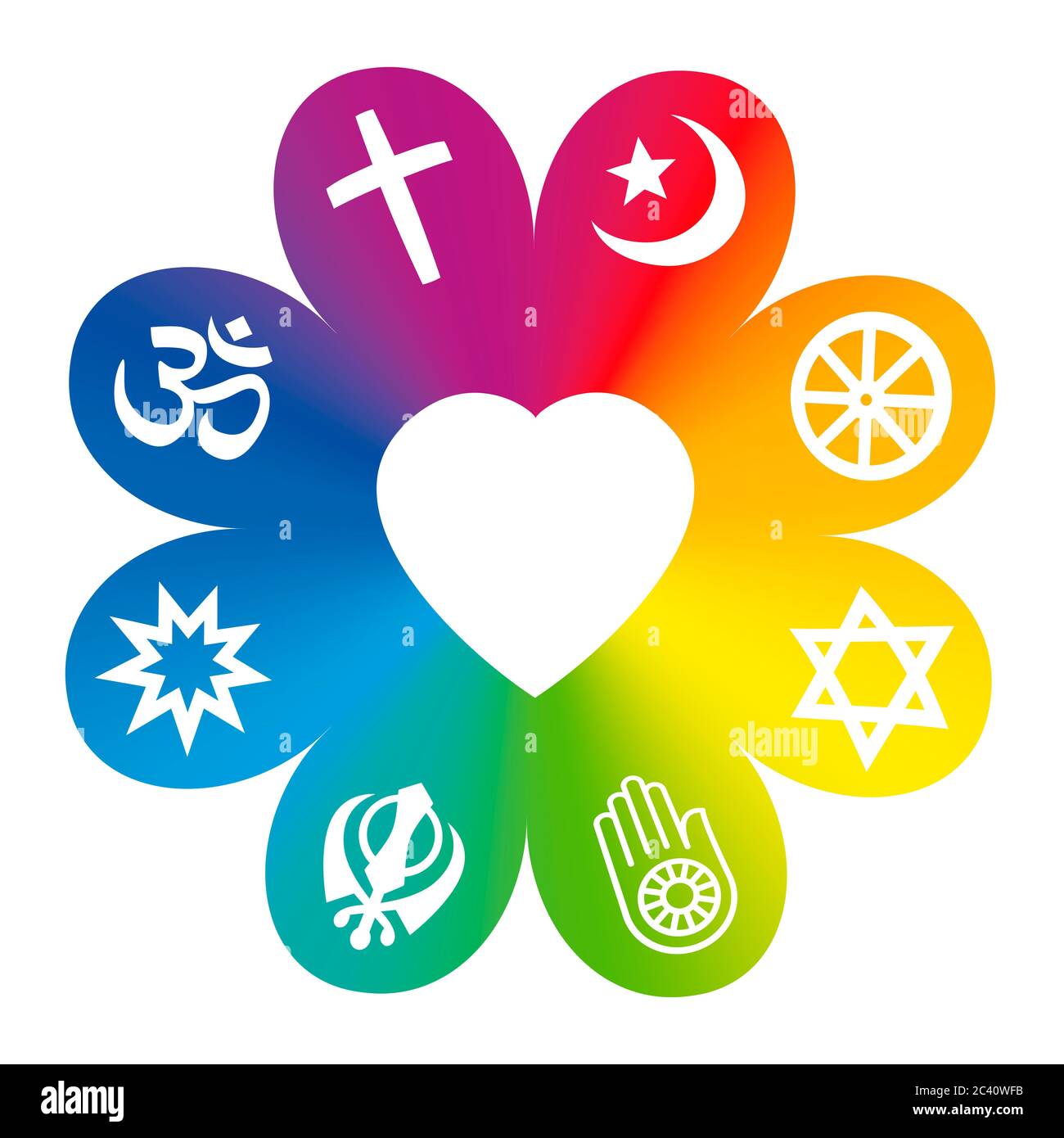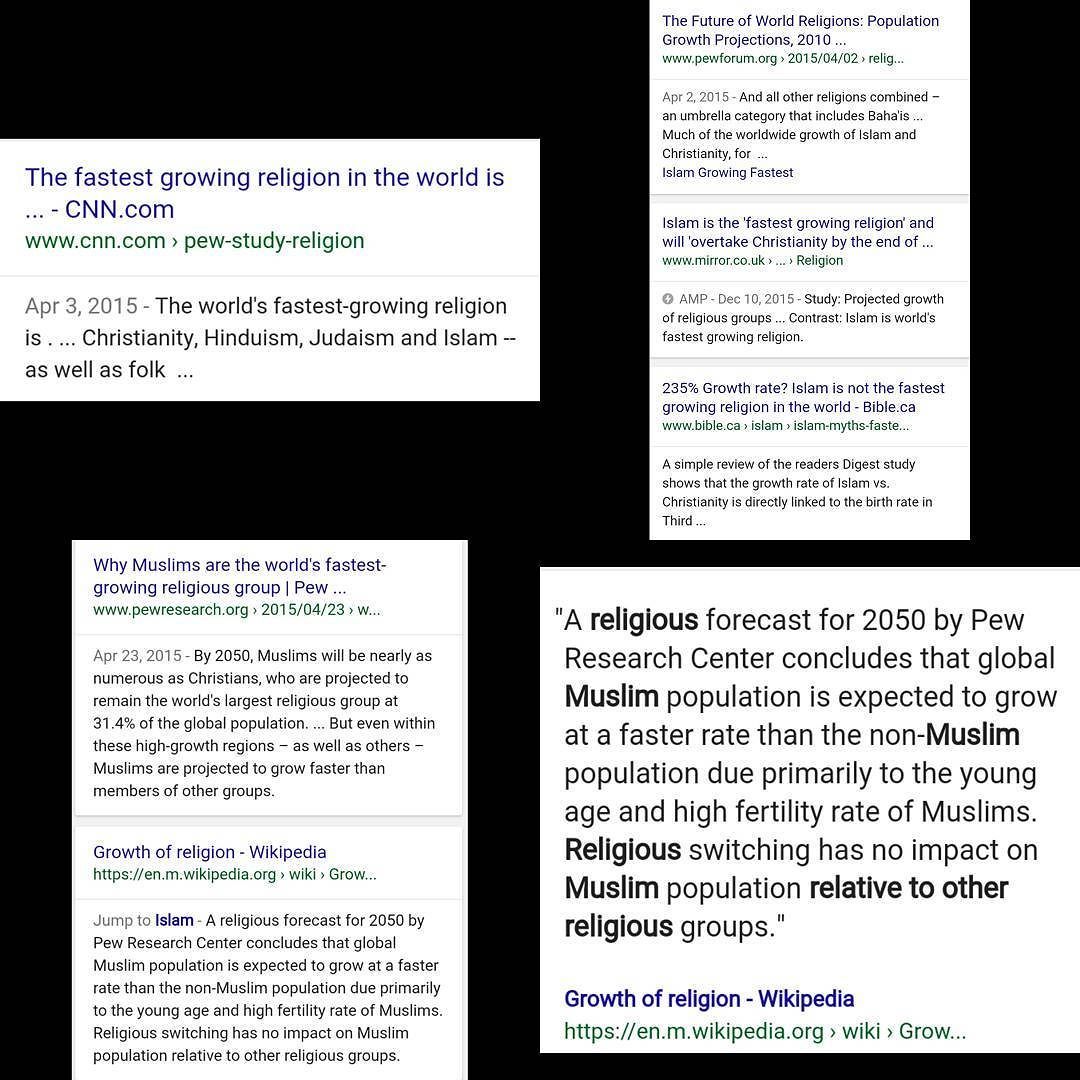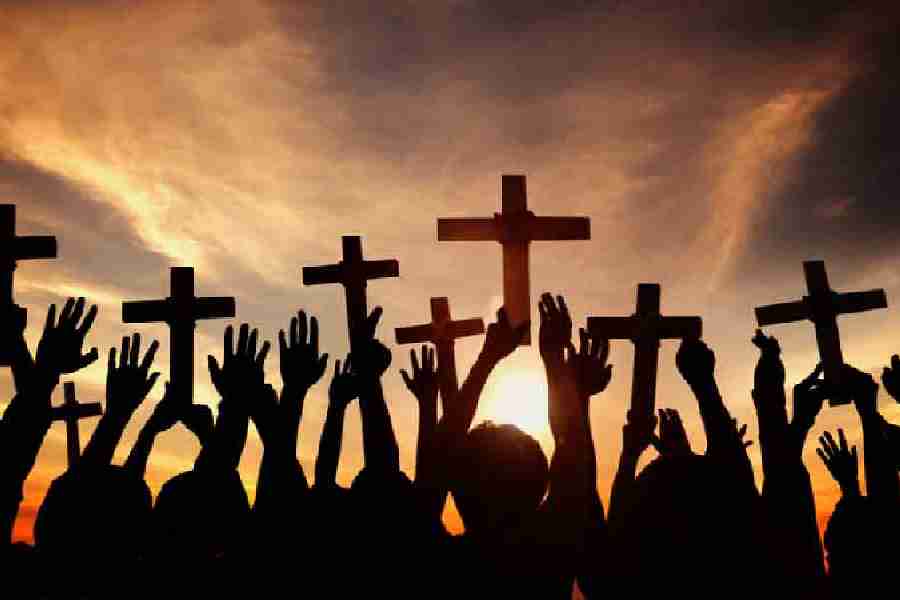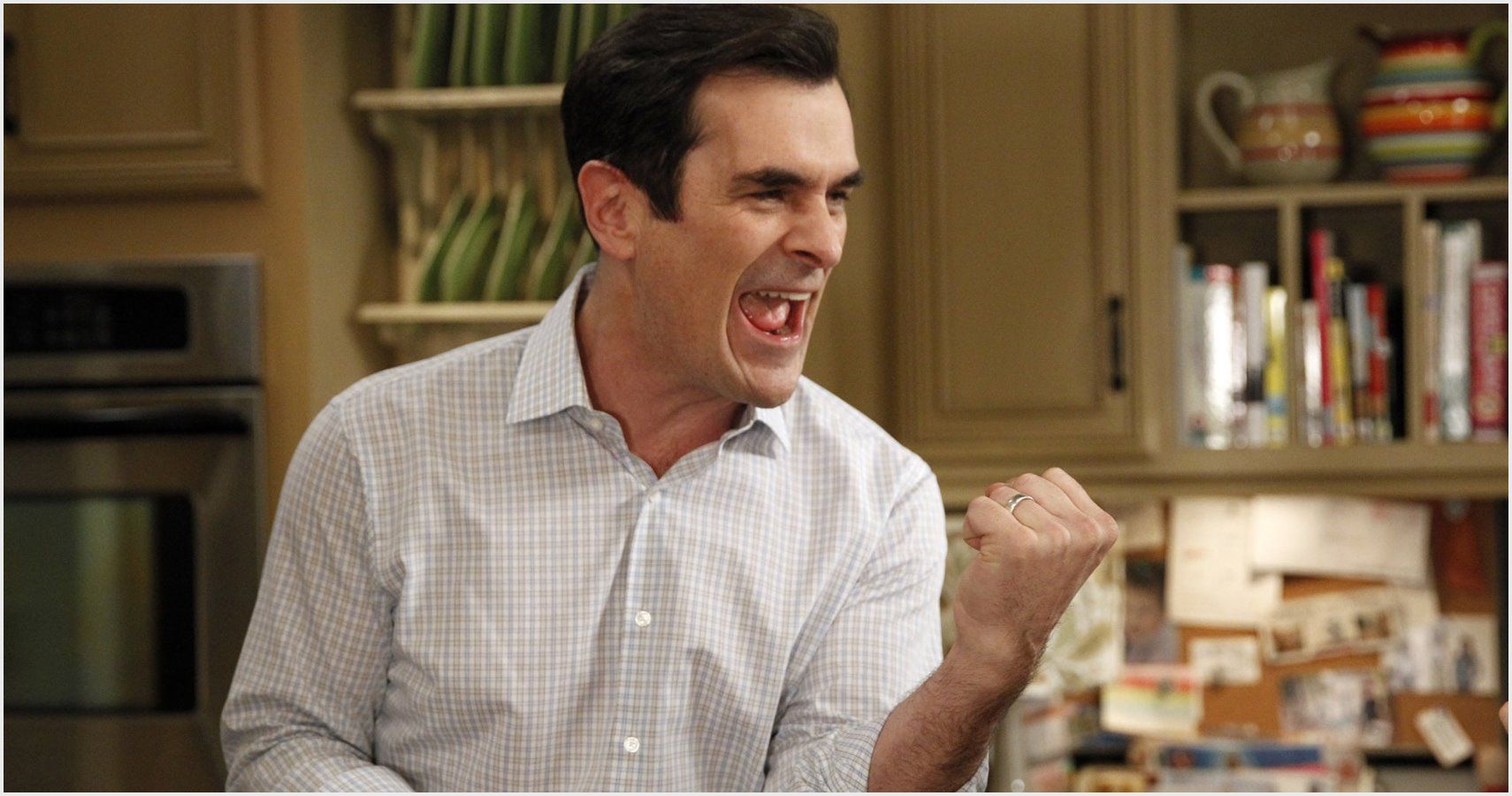Exploring the Link Between Broadway Ticket Prices and Show Longevity: What Drives Value and Demand?
Introduction: Broadway’s Evolving Economics
Broadway has long been the epicenter of American theater, attracting millions of attendees and generating billions in revenue. Recent studies and industry data reveal a strong, positive relationship between average ticket prices and the number of total performances a show has had-a correlation quantified at r = 0.7 , indicating a robust statistical connection. This finding prompts critical examination of what drives ticket pricing, how performance longevity influences value, and what strategies audiences and producers can employ to maximize their Broadway experience [2] .
Understanding the Correlation: Why Ticket Prices Rise with Performance Counts
The observed scatterplot correlation (r = 0.7) means that as the total number of performances for a Broadway show increases, the average ticket price tends to rise as well. This relationship is grounded in several industry realities:

Source: alamy.com
- High Demand for Established Shows : Long-running productions often build brand recognition, attracting repeat attendees and new audiences through word-of-mouth and critical acclaim. As demand grows, producers capitalize by raising prices [1] .
- Dynamic Pricing Algorithms : Broadway is increasingly using real-time pricing models, adjusting ticket costs based on demand, day, and even weather. Successful, long-running shows can command higher prices due to sustained interest [2] .
- Perceived Value and Cultural Status : Shows that survive for many performances become cultural touchstones, seen as luxury experiences worth investing in by audiences-especially younger generations who are willing to pay more when they understand the value and production costs involved [3] .
Industry surveys further show that, while many theatergoers initially view Broadway ticket prices as high, their willingness to pay increases significantly when informed about the production expenses and the value offered by longer-running shows [1] .
Statistical and Economic Context: The Numbers Behind the Trend
The average paid cost for Broadway tickets has reached new highs-recent data pegs it at $129.12 , with some star-driven productions fetching even higher prices [1] . This rise is not arbitrary:
- Between 1984 and 2019, attendance doubled from 6.5 million to 14.7 million, while average ticket prices (inflation-adjusted) climbed from $74 to $124 [2] .
- High production costs-musicals can cost $10-20 million to stage, and weekly expenses run up to $1 million-necessitate robust revenue from ticket sales [3] .
- Discount programs, like those offered by the nonprofit TDF, provide 20%-50% off but still leave the best seats at premium prices. About a third of TDF users are first-time Broadway attendees, illustrating continued demand even at reduced rates [2] .
Audience Perception: Value, Accessibility, and Generational Shifts
Recent research highlights the complex perception of value among Broadway audiences, especially Gen Z and Millennials . While 72% of survey respondents initially found ticket prices prohibitively expensive, their opinions shifted dramatically with greater transparency about production costs. Once informed, the average price respondents were willing to pay jumped from $141 to over $500, indicating a strong alignment between perceived value and willingness to invest [3] .
However, a lack of urgency remains: 65% of younger audiences believe Broadway shows “run forever,” reducing their motivation to attend immediately. This perception, combined with skepticism toward discounts (with 63% saying it made them question show quality), shapes both demand and price sensitivity [3] .
Accessing Broadway: Practical Strategies and Step-by-Step Guidance
Despite high prices and strong demand, there are actionable methods for accessing Broadway shows:
- Discounted Tickets : Nonprofit organizations like TDF (Theatre Development Fund) offer discounted tickets at their TKTS booths in Times Square and Lincoln Center. To use these services, visit their official website ( tdf.org ) for eligibility and booth locations. Note that best seats and popular shows may not always be available [2] .
- Digital Platforms : Many shows offer last-minute or rush tickets through official digital platforms. Check the specific show’s official website or recognized ticketing partners for details. Always verify the website’s authenticity before purchasing.
- Group Sales and Lotteries : Some productions offer group rates or digital lotteries for discounted seats. Search for “Broadway lottery” or “group sales Broadway” on official sites and ticketing platforms.
- Seasonal Offers : Certain times of year, such as Broadway Week, feature special promotions. Visit official Broadway portals or follow major theater organizations for announcements.
- Tourism Packages : Travel agencies and hotel concierges in New York City often bundle show tickets with other experiences. When booking, request information about Broadway packages and verify details through reputable agencies.
If uncertain about a ticket source, always confirm its legitimacy on recognized industry sites, such as the Broadway League , or search for “Broadway ticketing official site” for current options.
Challenges and Considerations: Navigating Price, Quality, and Demand
While many strategies exist for accessing Broadway, potential challenges include:

Source: walmart.com
- Limited Availability : Discounted and rush tickets are often limited and may require early arrival or participation in lotteries.
- Quality Concerns : Some buyers associate discounts with lower-quality seats or shows, though this is not always the case. Research reviews and seating charts before purchasing.
- Market Fluctuations : Pricing can vary widely based on seasonal demand, cast changes, and critical reception. Stay informed by checking multiple sources and setting alerts for desired shows.
Alternative approaches include attending off-Broadway or regional theater productions, which often offer similar quality at lower prices, or exploring virtual Broadway experiences through streaming platforms for remote audiences.
Maximizing Value: Recommendations for Audiences and Producers
For audiences seeking the best value:
- Research show longevity and critical acclaim-long-running shows may offer a higher perceived value and justify higher ticket prices.
- Use official channels for purchasing tickets to avoid scams and ensure authenticity.
- Stay informed about industry trends, as new studies suggest that transparent communication around production costs can increase willingness to pay and enhance the overall experience [3] .
For producers and marketers:
- Emphasize the artistry, scale, and craftsmanship of Broadway in marketing communications to close the gap between interest and attendance among younger generations [1] .
- Leverage dynamic pricing and promotional events strategically to drive demand while maintaining perceived value.
- Consider partnerships with tourism boards and city officials to sustain and grow the mutually beneficial relationship between New York City tourism and Broadway [4] .
Key Takeaways and Next Steps
The strong, positive correlation between ticket prices and show longevity on Broadway reflects deep-seated industry dynamics, audience perceptions, and evolving market forces. For those looking to access Broadway experiences, combining research, official channels, and timing can help secure the best value. For industry stakeholders, transparent communication and strategic partnerships are essential for sustaining growth and engagement. As Broadway continues to evolve, staying informed and adaptable remains the best approach for maximizing both personal and professional outcomes.
References
- [1] Playbill (2025). Study: Gen-Z and Millennials Say Broadway Tickets Aren’t Too Expensive.
- [2] The Hustle (2021). The Economics of Broadway Shows.
- [3] Broadway News (2025). New Study Indicates Gen Z and Millennial Theatergoers Have Misalignment of Cost and Perceived Value of Broadway Shows.
- [4] Gettysburg College (2025). The Influence of Tourism and Production Costs on Broadway Success.
MORE FROM cheerdeal.com
